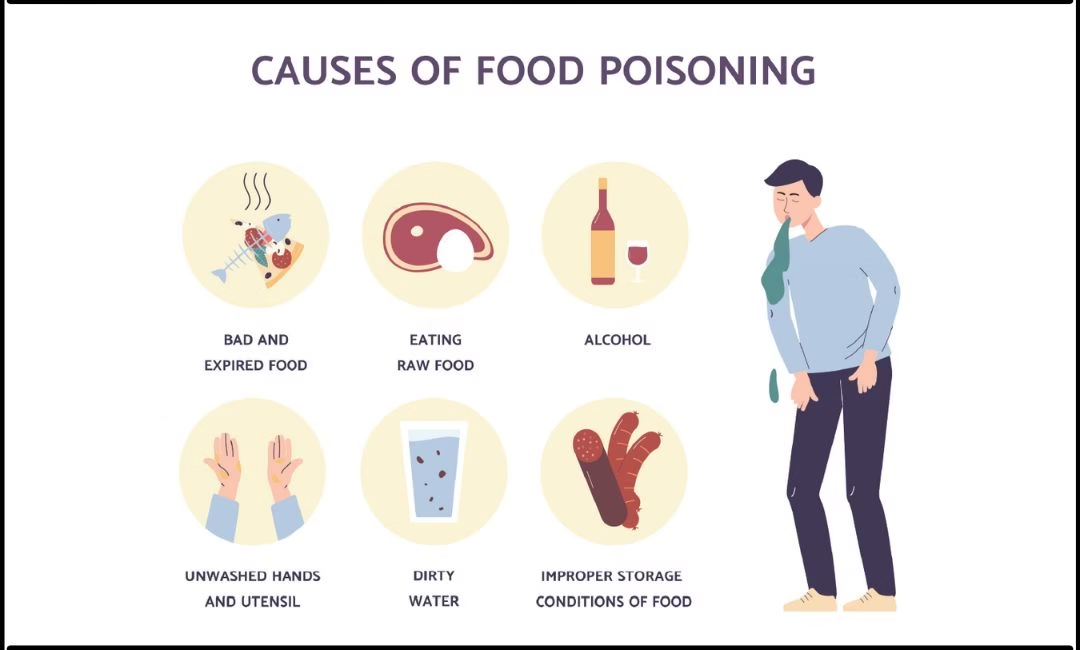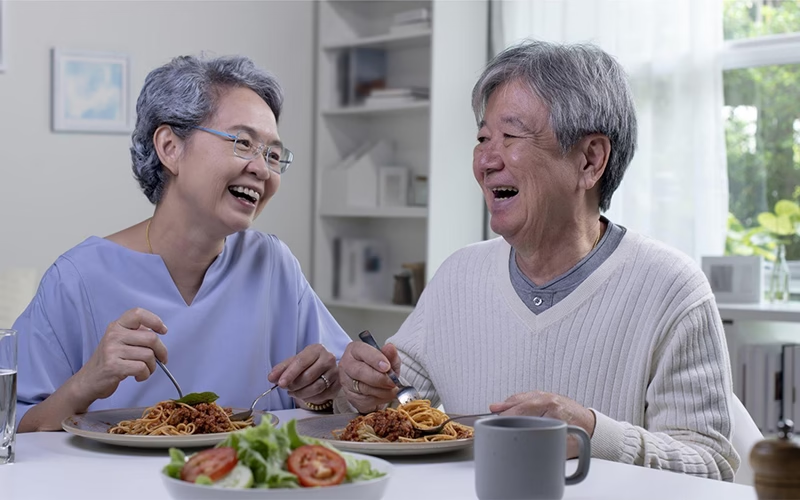Food is meant to nourish and energize us, but when it becomes contaminated, it can turn into a serious health risk. One of the most common problems linked to unsafe food and water is food poisoning—a condition that affects millions worldwide each year. From minor stomach upsets to life-threatening complications, food contamination is a health issue no one can afford to ignore.
In this article, we’ll explore how contaminated food or water causes food poisoning, what food poisoning symptoms to watch for, different types of food poisoning, available food poisoning treatment, and even what food for food poisoning recovery looks like.
What is Food Poisoning?
Food poisoning, also known as foodborne illness, occurs when you consume food or drinks contaminated with harmful bacteria, viruses, parasites, or toxins. The contamination often happens during processing, handling, or cooking.
Common food contamination sources include:
- Improperly washed fruits and vegetables
- Raw or undercooked meat and seafood
- Contaminated drinking water
- Poor hygiene during food preparation
- Unhygienic food storage practices
How Does Contaminated Food or Water Cause Food Poisoning?
When contaminated food or water enters the body, harmful food bacteria such as E. coli, Salmonella, Listeria, or Campylobacter multiply rapidly. These bacteria release toxins or directly damage the digestive tract, leading to inflammation and discomfort.
Contamination can occur in multiple ways:
- Water contamination → If sewage or animal waste leaks into water supplies, harmful pathogens spread.
- Cross-contamination → Cutting raw chicken and then using the same board for salad spreads bacteria.
- Improper storage → Leaving food out at room temperature allows bacteria to thrive.
- Uncooked or undercooked meals → Heat normally kills pathogens; skipping this step allows bacteria to survive.
Symptoms
Symptoms usually appear within a few hours to a couple of days after eating contaminated food. They vary depending on the kinds of food poisoning and the bacteria or virus involved.
Typical signs include:
- Nausea and vomiting
- Stomach cramps
- Diarrhea (sometimes bloody)
- Fever and chills
- Weakness and fatigue
- Headaches and body aches
In severe cases, dehydration, kidney problems, or hospitalization may be required.
Types of Food Poisoning
Different pathogens cause different categories of food poisoning. Some common examples are:
- Bacterial – Caused by Salmonella, E. coli, Listeria.
- Viral – Often caused by Norovirus or Hepatitis A.
- Parasitic – Caused by parasites like Giardia and Toxoplasma.
- Toxin-Induced – Caused by toxins produced by bacteria like Clostridium botulinum.
Food Poisoning Treatment
Most cases of food toxications are mild and resolve on their own within a few days. However, treatment is crucial to prevent dehydration and complications.
Steps for Treatment:
- Rehydrate: Drink water, clear fluids, or oral rehydration solutions.
- Rest: Allow your body to fight off the infection.
- Avoid irritants: Stay away from alcohol, caffeine, and greasy food.
- Medical care: Severe cases may require hospitalization, antibiotics, or IV fluids.
Food for Food Poisoning Recovery
Eating the right foods can speed up recovery and soothe the digestive system.
Best food for food poisoning recovery includes:
- Bananas (gentle on the stomach)
- Rice and plain toast (easy to digest)
- Applesauce (light and nourishing)
- Clear broths (replace lost electrolytes)
- Herbal teas like ginger or peppermint (reduce nausea)
Avoid spicy, oily, and dairy-heavy foods until your system has fully healed.
Preventing Food Poisoning
Since prevention is always better than cure, follow these steps to avoid foodborne illness:
- Wash fruits and vegetables thoroughly.
- Cook meat and seafood to safe internal temperatures.
- Keep raw and cooked food separate.
- Store food at the right temperatures.
- Drink only safe, clean water.
- Practice proper handwashing and kitchen hygiene.
Final Thoughts
Food poisoning is a common yet preventable health condition caused by contaminated food or water. Recognizing food poisoning symptoms, knowing the kinds of food poisoning, and understanding proper food borne illnesses treatment are key to recovery. More importantly, safe food practices and awareness about food contamination help reduce the risk altogether.
By being mindful about what you eat and drink, you can protect yourself and your family from the unpleasant and sometimes dangerous effects of foodborne illness.


